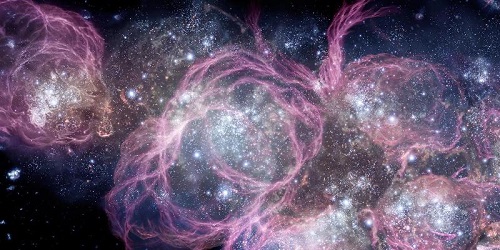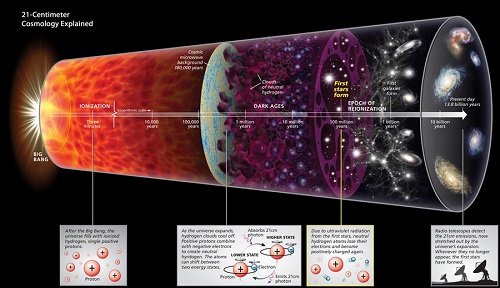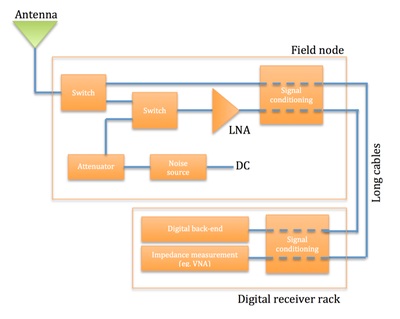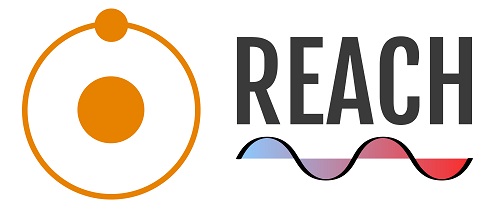The Radio Experiment for the Analysis of Cosmic Hydrogen (REACH) is a global 21-cm experiment dedicated to the study of the early epochs of the Universe (Cosmic Dawn and the Epoch of Re-ionization). REACH is a radiometer targeting the detection of the redshifted 21-cm Hydrogen line from the time when the first luminous objects in the Universe were formed.

REACH is a joint experiment between the University of Cambridge and Stellenbosch University in South Africa. With primary funding from the KICC, REACH will be deployed in the semi-deserted land of the Karoo radio reserve in South Africa, a unique RFI (Radio Frequency Interference) quiet site also home of the future Square Kilometer Array telescope.

The instrument will operate between 50 and 200 MHz in order to explore both the Cosmic Dawn and the Epoch of Re-ionization. REACH is a wideband radiometer using state of the art ultra smooth wideband radio antenna designs aiming at reducing the contamination of the cosmic signal. REACH is furthermore making use of advanced Bayesian data analysis tools as well as physics rooted models of the instrument, the 21-cm signal and the foreground signals under which the cosmic signal is buried. Precisely these foregrounds (~100,000 times brighter than the cosmic signal) are the main reason why this detection has not been made yet.

Full details can be found at https://www.astro.phy.cam.ac.uk/research/research-projects/reach
Members of KICC involved in REACH include:



